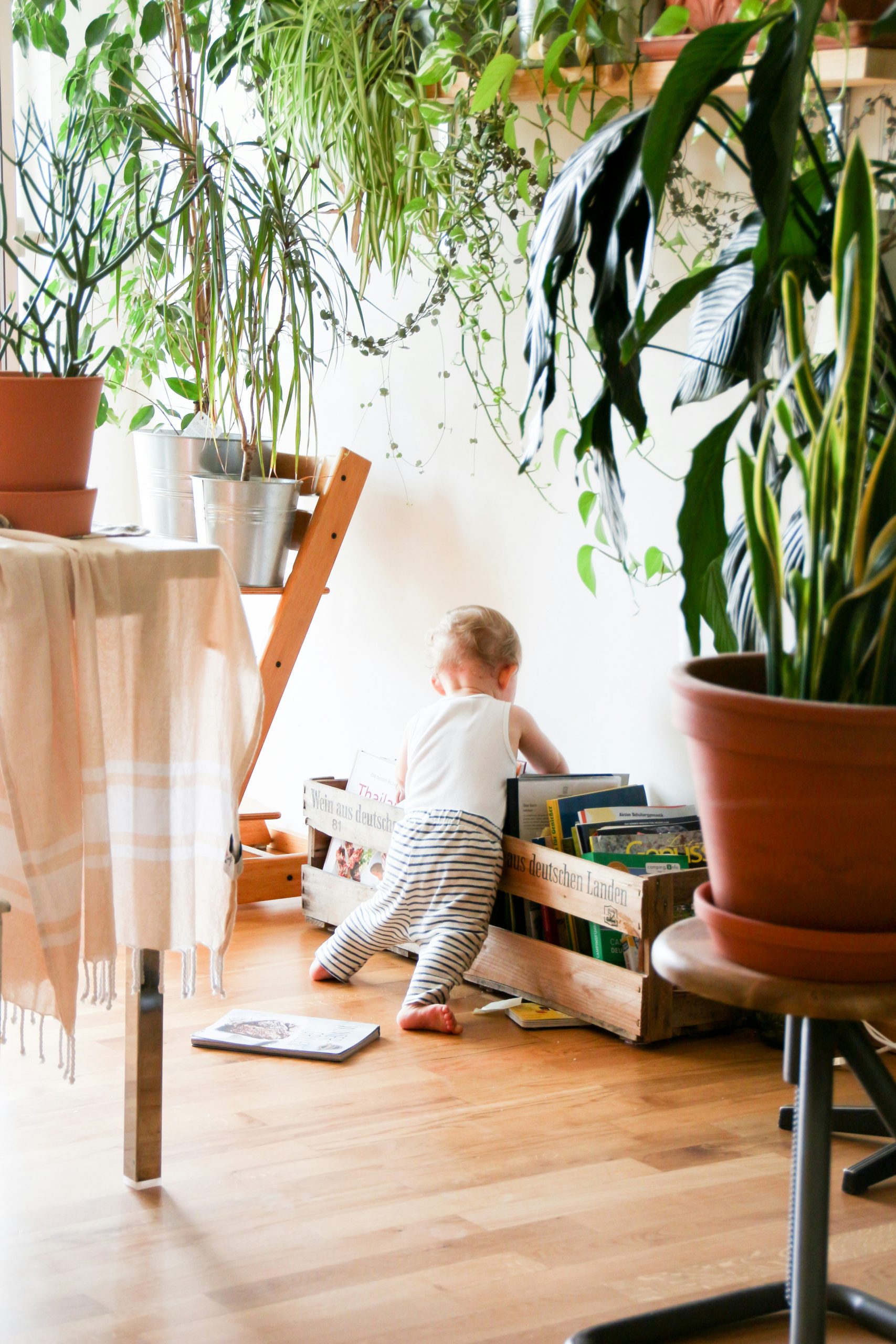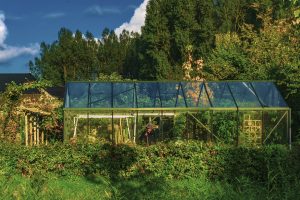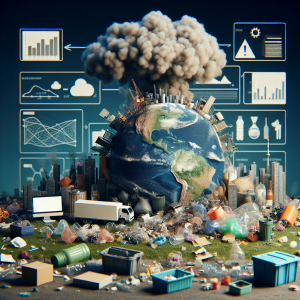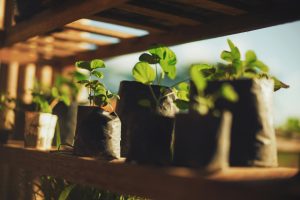Understanding Eco-Friendly Baby Products
Eco-friendly baby products are designed to reduce harmful environmental and health impacts. These products prioritize sustainability, often through the use of organic or natural materials, and are created with ethical production methods. As concerns over climate change and the ecological footprint of manufacturing rise, many parents are opting for greener alternatives to mainstream baby products.
Key Features of Eco-Friendly Baby Products
- Materials: Most eco-friendly baby products use organic materials such as cotton, wool, or bamboo. These materials are grown without synthetic pesticides or fertilizers. Additionally, products made from recycled materials are increasingly popular as they contribute to reducing waste.
- Non-Toxic Ingredients: More parents are concerned about chemicals in baby products, which has led to a rise in non-toxic alternatives. Eco-friendly products avoid harmful chemicals such as BPA, phthalates, and formaldehyde. This is critical for products in constant contact with babies, like toys and teething rings.
- Sustainable Packaging: Sustainable packaging is a hallmark of eco-friendly brands. This includes recyclable cardboard, biodegradable plastics, and reduced packaging sizes to minimize waste.
- Certifications: Certifications can help identify authentic eco-friendly baby items. Look for labels like GOTS (Global Organic Textile Standard), OEKO-TEX, or the USDA Organic seal. These certifications ensure products meet specific environmental and social criteria.
Types of Eco-Friendly Baby Products
- Clothing and Textiles: Organic cotton bodysuits, bamboo swaddle blankets, and wool hats are staples of eco-conscious baby clothing. These materials are not only sustainable but gentle on a baby’s sensitive skin.
- Diapers: Eco-friendly diaper options include cloth diapers, which are reused after washing, reducing landfill waste. For disposables, brands offer biodegradable options made with renewable resources and without chlorine bleaching.
- Feeding Supplies: Glass or stainless steel baby bottles and silicone or bamboo utensils are popular for minimizing plastic use. These materials are durable, and free from potentially harmful chemicals found in traditional plastic products.
- Toys: Wooden toys, especially those made from sustainably harvested wood, are a great alternative to plastic. Many are painted with non-toxic, water-based dyes or left unpainted to further reduce chemical concerns.
Benefits of Eco-Friendly Baby Products
- Healthier for Babies: By avoiding toxins and chemicals, eco-friendly products reduce the risk of allergies, rashes, and developmental issues, promoting overall health and safety.
- Environmental Impact: Eco-friendly products contribute to resource conservation, reduced pollution, and lower carbon footprints. This supports a healthier planet for future generations.
- Economic and Social Responsibility: Supporting companies that prioritize fair trade, ethical labor practices, and community development can have positive cascading effects on society.
Finding Reliable Eco-Friendly Brands
Research is essential when choosing eco-friendly baby products, as some brands may use “greenwashing” tactics, making misleading claims about their environmental benefits. Resources such as online reviews, eco-blogs, and parent forums can guide you toward reputable brands.
Tips for Choosing Eco-Friendly Baby Products
- Read Labels: Understanding product labels and certifications can prevent the purchase of misleading products.
- Evaluate Durability: Choosing high-quality, durable items reduces the need for frequent replacements and waste.
- Prioritize Essentials: Start by switching to eco-friendly versions of items your baby uses the most, such as diapers and bottles, for maximum impact.
- Budget Considerations: While some eco-friendly products may have higher upfront costs, they often save money in the long run due to their durability and efficiency.
- Community Support: Reuse and recycle within your community. Participate in local swapping events or donate items like clothing and toys to reduce the consumption of new products.
Conclusion
Ultimately, choosing eco-friendly baby products is a commitment to both the environment and your child’s health. By being informed and intentional with your purchases, you can contribute significantly to sustainability while nurturing your baby’s development in the cleanest, safest way possible.




